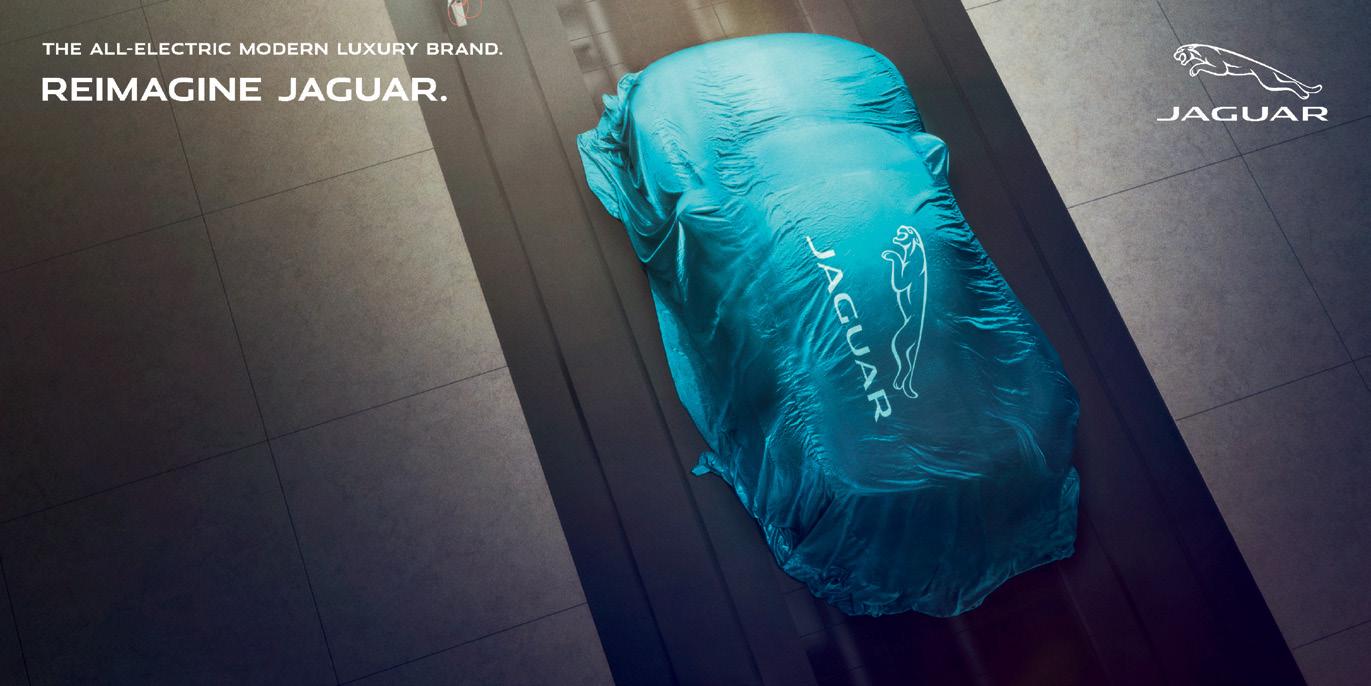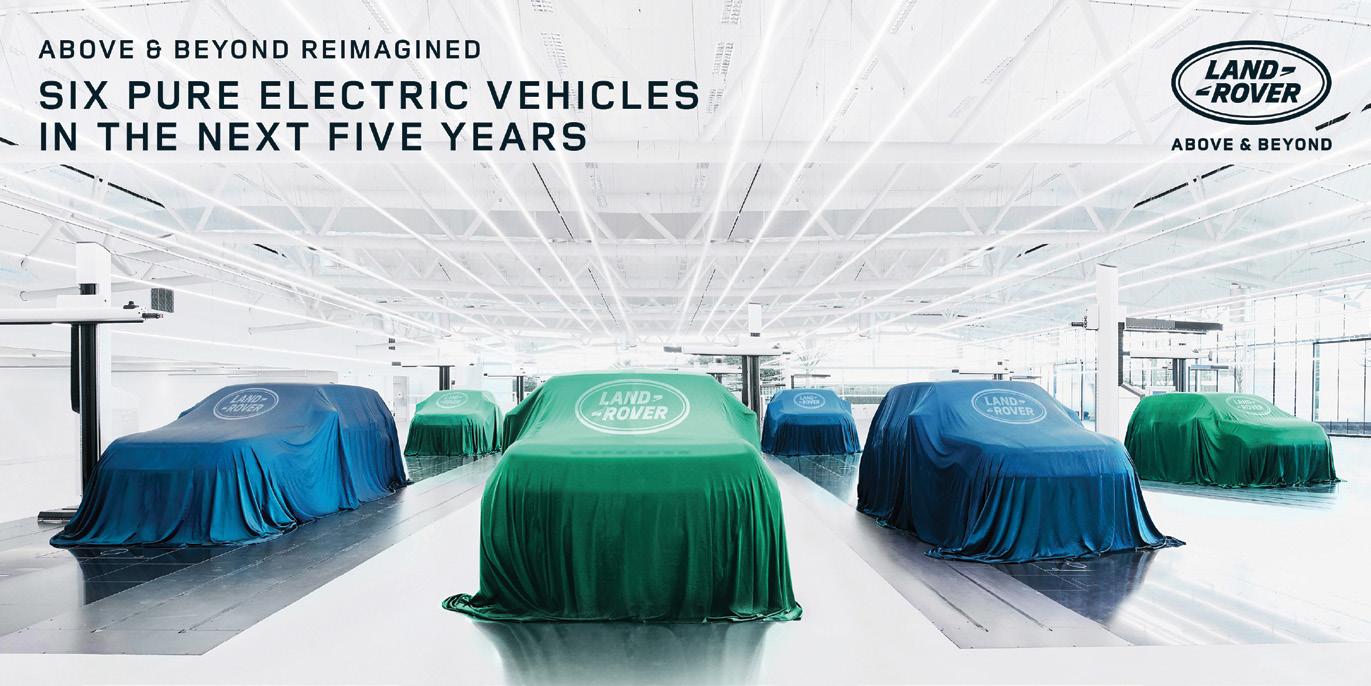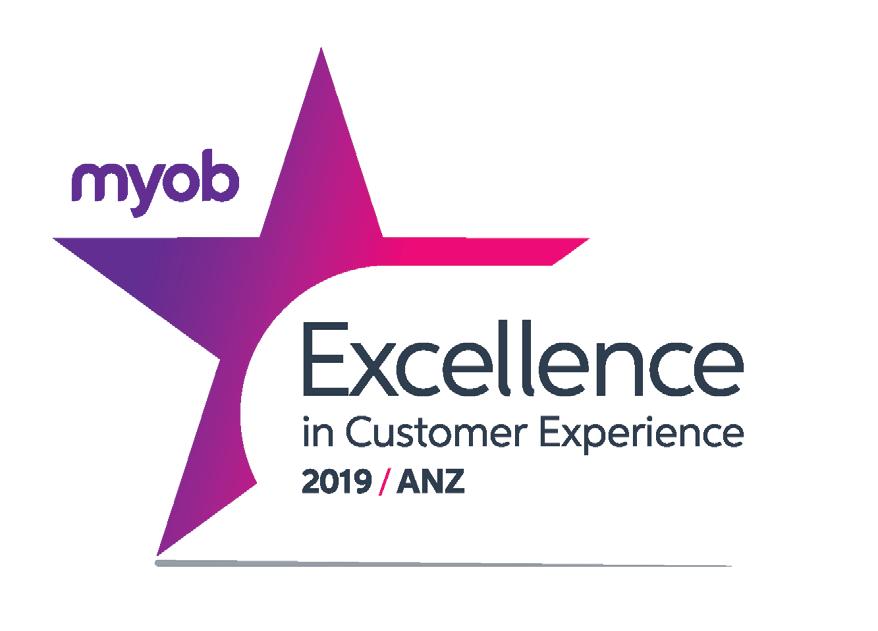
6 minute read
Sustainability
from FYI March 2021
55 Corinthian Drive: a landmark building (in more ways than one)
With its distinctive “pineapple” architectural feature, 55 Corinthian Drive is one of the most eye-catching properties on the North Shore. It was the prominent location alongside SH1 which prompted APEC Property Development to re-think its original plan for the site. “When we bought the land in 2013, we intended it for a light industrial warehouse,” explains managing director Lawrance Yu. “But that building was going to be many people’s first glimpse of the Albany area – a gateway, if you like. That’s why we decided to raise the bar, represent the quality of the businesses in this region, and set the future tone of local property development.” 55 Corinthian Drive is the North Shore’s first and only five-star Green Star building. Having earned this rating for “design”, the target is to achieve it also for “as built”.
“We were assessed on the environmental impact that is a direct consequence of the building’s site selection, design, construction and maintenance. The ‘green strategies’ that we put in place must provide tangible financial and energy savings and, therefore, environmental benefits,” Lawrance explains.
What does this mean in practical terms for tenants and the surrounding area?

The energy consumption of this “intelligent building” is monitored in real-time via its custom-designed building management system. This can also be used to control and schedule plant operation, and immediately identify potential glitches.
Lighting
The building is long and narrow with 4.5m sheets of glass to allow for maximum natural light and avoid the usual dark corners which occur, for example, around a traditional square building’s central lift system. On the drabbest


Sixteen dedicated EV charging points
20-30m2, so that office workers can control the temperature in their own space. The outdoor air AHUs efficiently control interior CO2 levels, achieving air quality 50 per cent higher than standard building code requirements. “It’s proven that staff wellbeing, morale and productivity are improved by optimal air quality, temperature and light levels,” comments Lawrance.
Water savings
Rooftop collection syphons rainwater into a 30,000-litre underground tank. This is channelled into the bathrooms and used to irrigate the atrium and surrounding grounds, in which 90 per cent of the plants are New Zealand natives.
Quiet, conducive working atmosphere
GREEN STAR ENVIRONMENTAL IMPACT CATEGORIES
The external windows are all four-side doubleglazed and the subsequent noise reduction levels actually exceed Green Star’s requirements. Glare and incoming heat are virtually nil.
Management Indoor Environment Quality Energy Transport Water Materials Land Use & Ecology Emissions Innovation

To rate a building’s overall environmental impact, Green Star rating tools award points across nine categories.
of winter’s days, energy efficient LEDs can be used to supplement this. Office lighting is zoned in areas of less than 100m2, with occupancy sensors throughout.
Heating and ventilation
Chilled water pumps and air handling units (AHUs) are electronically regulated – for example, speed and direction – to deliver energy savings. The internal zones are just
The daily commute
There are four dedicated spaces for energy efficient vehicles and four EV charging points on four of the five car parking levels, with the potential to increase this to 10 charging points per level. Forty-eight secure bike parks for staff are complemented by another eight for visitors, and easy charging for e-bikes, along with showers and lockers. APEC believes that sustainability is an ongoing process of continual improvement, and is seeking tenants committed to greener ways of working. Indeed, the appointment of a sustainability champion is a requirement of every tenancy agreement.
It is not possible to detail the building’s every feature and potential benefit on this page. More information can be found on the websites of major commercial property agents, including Colliers, Bayley’s and Barfoot & Thompson. Simply search for 55c Corinthian Drive.
How to thrive in a low-emissions economy
Not every business can enjoy the advantages of a five-star Green Star rated building. However, every business can put strategies in place to help it succeed in a changing world while using less energy – thereby benefiting its own coffers and the environment.
Gen Less is “the home of inspiring ideas to reduce energy-related greenhouse gas emissions”. The website offers a plethora of advice for businesses at all stages of their path to greater sustainability, such as: • Set out your business’ energy management policy in writing, as this makes a powerful statement. Everyone in the organisation should understand why energy management is important and the statement should be publicly available, on your website, in annual
reports, new staff induction packs and so on. • Analyse energy bills from the last couple of years on a graph to identify any trends or spikes that need to be investigated. • Get a strategy in place, assigning key
roles and responsibilities, and prioritising energy management options with shortterm payback that can be implemented easily. This will help to gain momentum and enthusiasm. • And, perhaps most importantly, harness the power of your staff. How do they feel about energy consumption and climate change? What would motivate them to help the business save energy, and what might be the barriers to this?
For loads more information, including tools to help find the best energy deal and tailored recommendations on how to start managing your energy better, visit genless.govt.nz/running-a-business



Jaguar to go “all-electric” by 2025
As part of its journey to become a net carbon zero business by 2039, Jaguar Land Rover has announced that Jaguar cars will be entirely electric by 2025. Over the next five years, Land Rover will also introduce six pure electric vehicles to its range, with the first Land Rover EV available in 2024.
Last November, another luxury brand Bentley Motors (owned by Volkswagen) said that its range will be fully electric by 2030. Other brands are looking to expand the plug-in options already available within their ranges, and almost 60 per cent of Toyota’s 2020 sales in New Zealand were hybrids.

Stop your products ending up in landfill
FYI September 2020 highlighted the results of a Sustainable Business Network (SBN) survey, where more than 96 per cent of respondents thought it was important that a business’ products were made of materials that can be repaired, reused or recycled. Now the SBN is offering a free, no-obligation assessment for any business wishing to develop, improve or join an existing product stewardship scheme.
SBN encourages procurement teams to ask suppliers how they manage the environmental impact of their products, such as waste and carbon, not only while the items are in use, but at the end of their life. There are also inspiring product stewardship stories shared on a dedicated section of its website. For example, Inzide Commercial in Takapuna which diverted 330 tonnes of waste from landfill by remanufacturing old carpet tiles and giving them a second life.
To find out more about how your business could be part of a circular economy, visit sustainable.org.nz/sustainable-business- news/stop-you-products-ending-up-in- landfill










